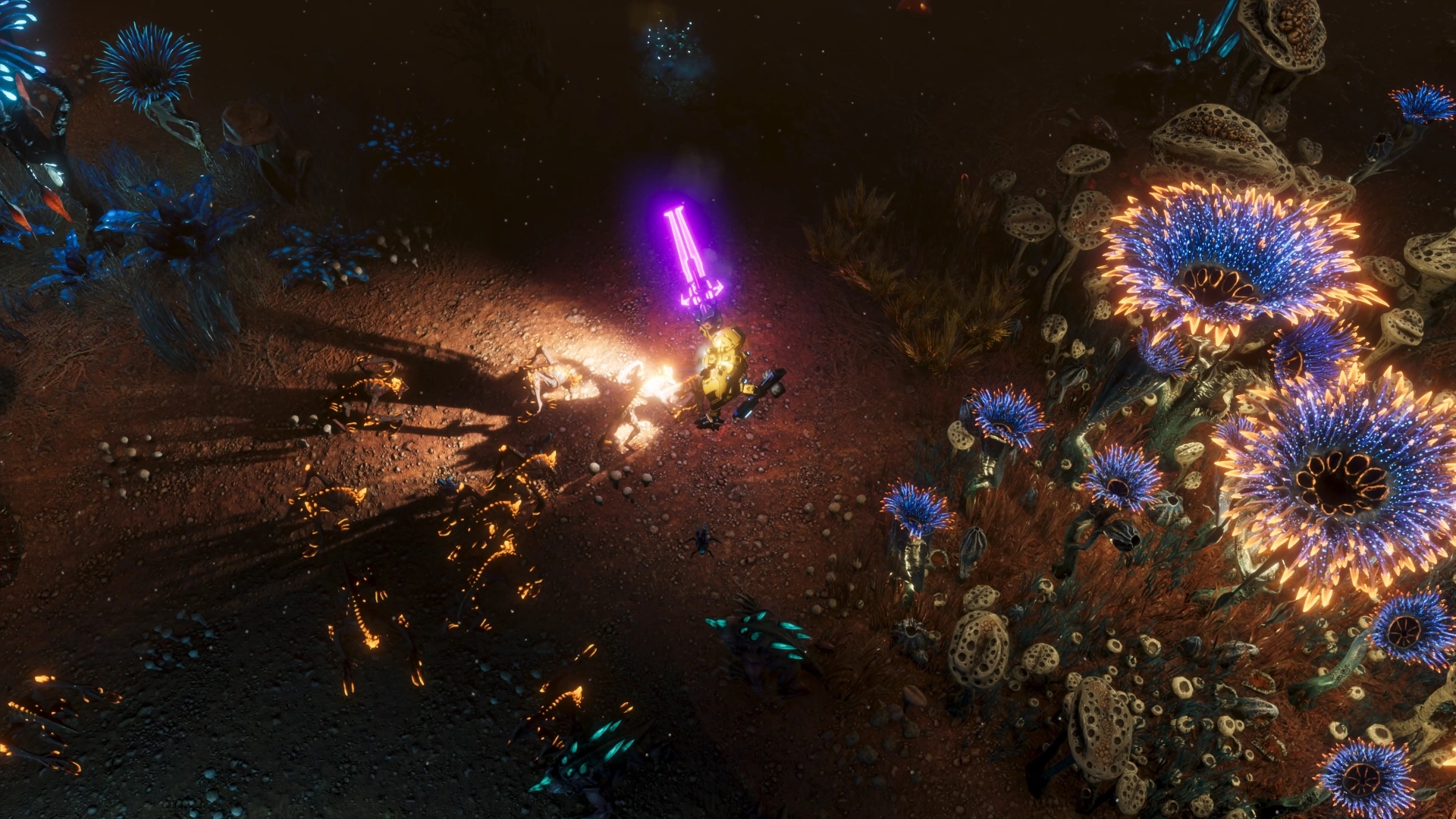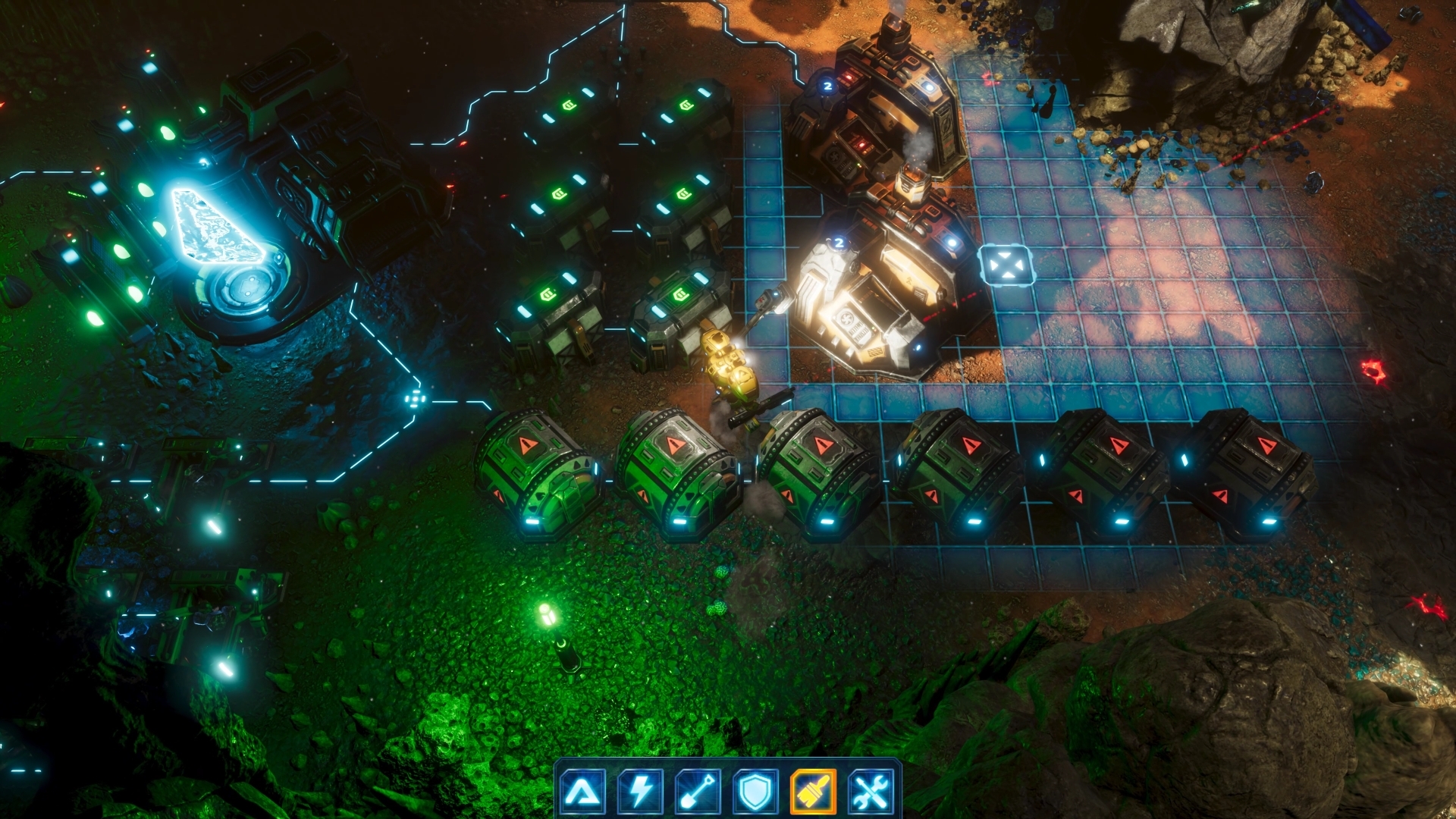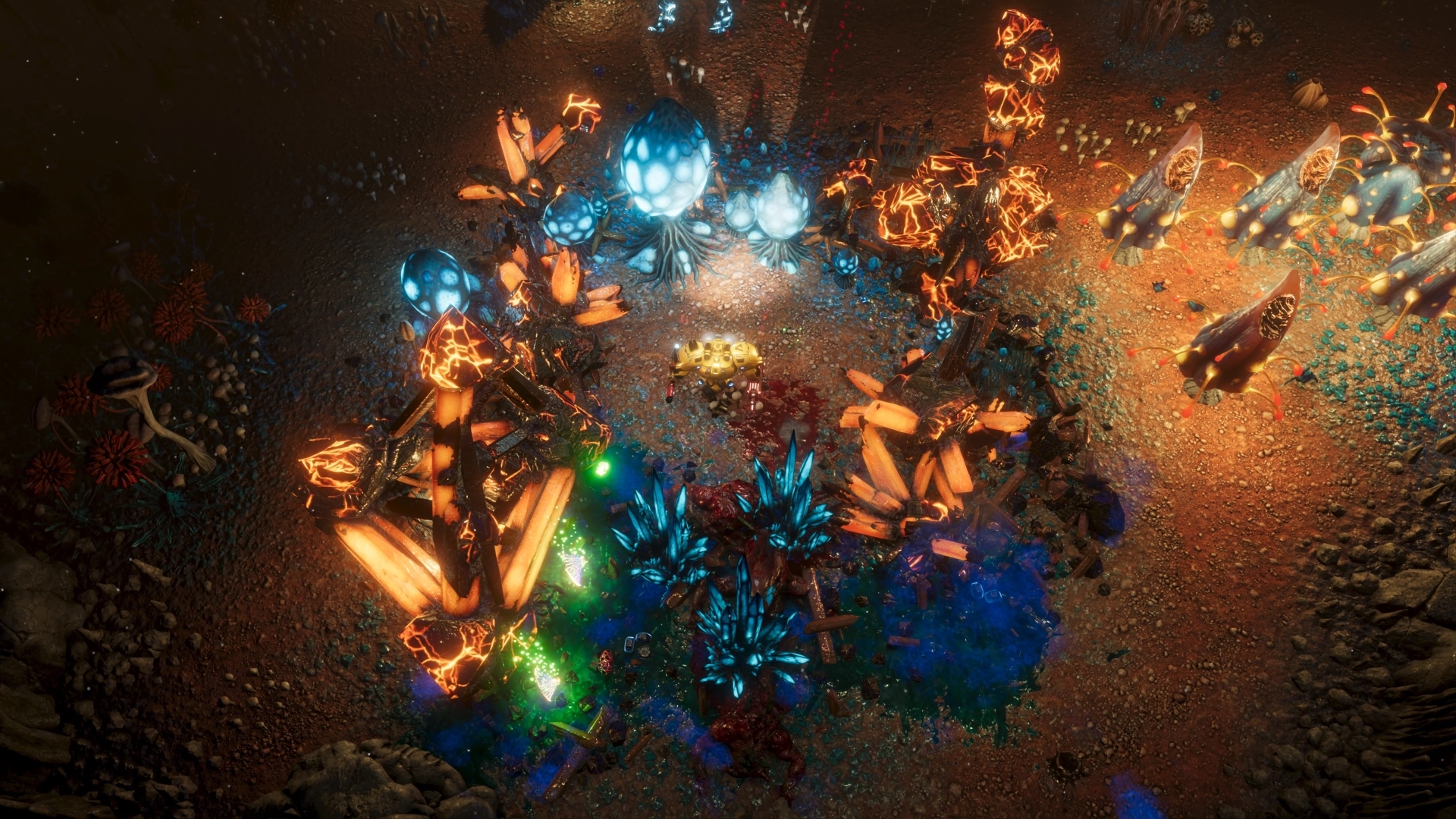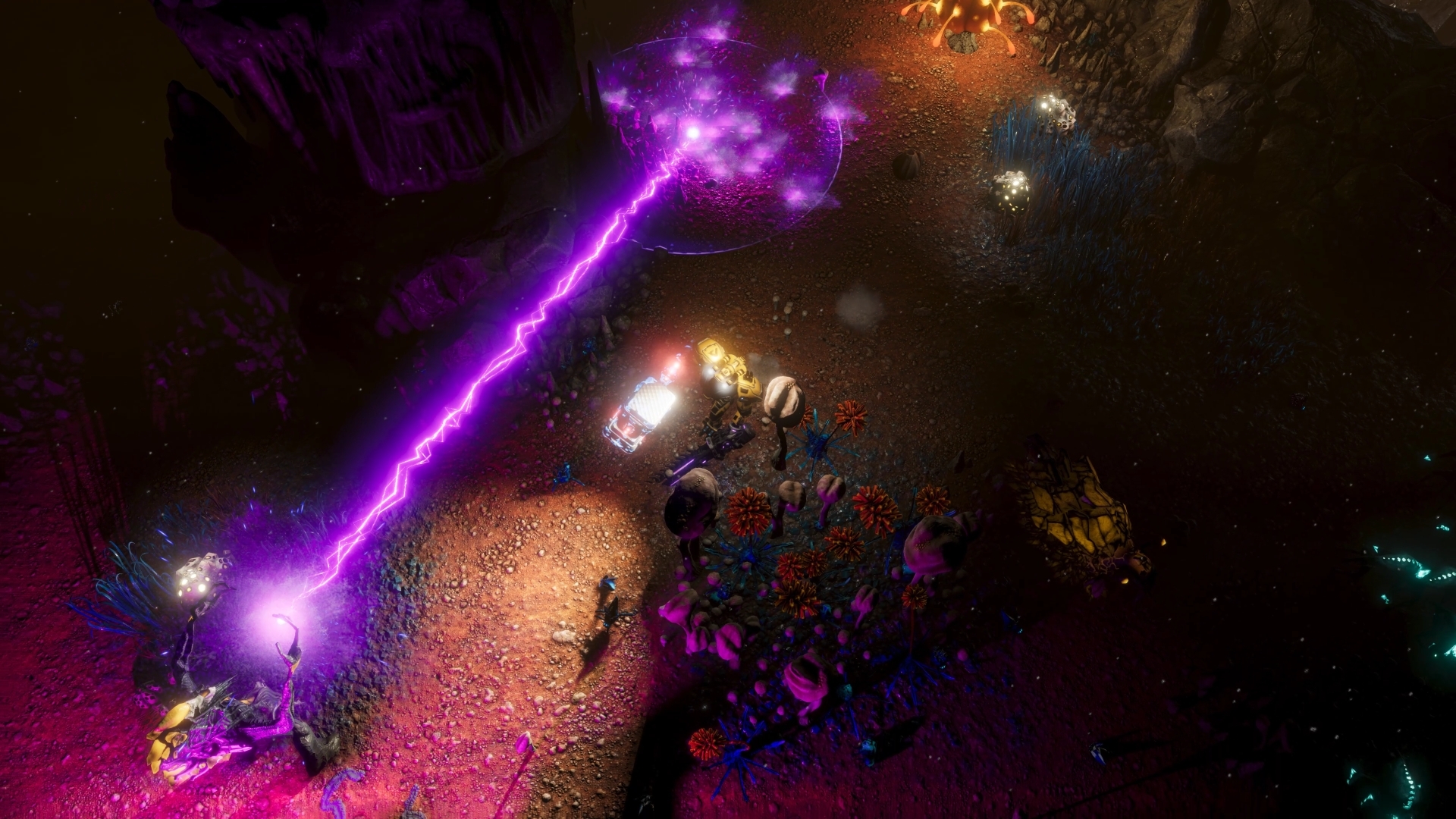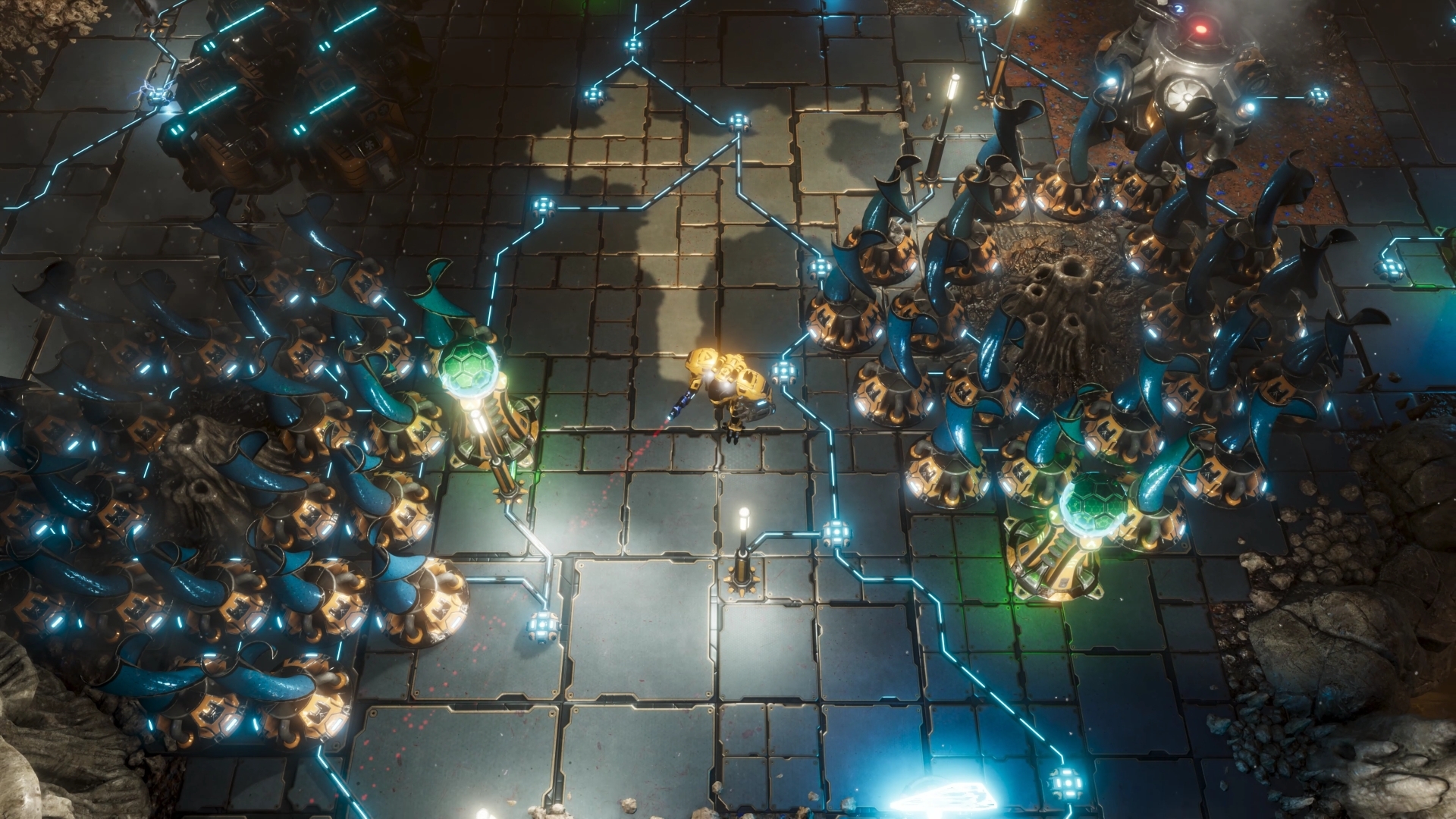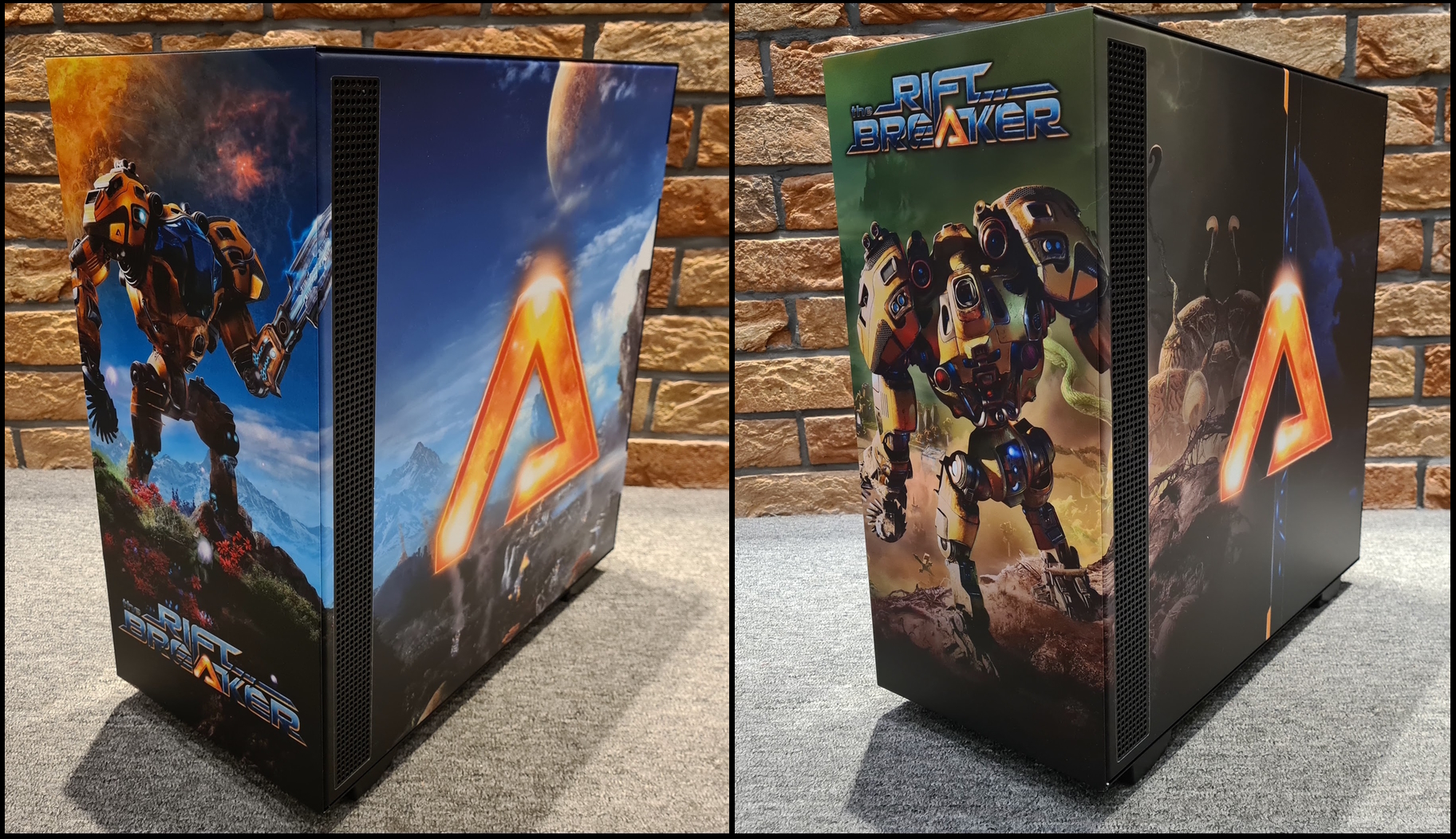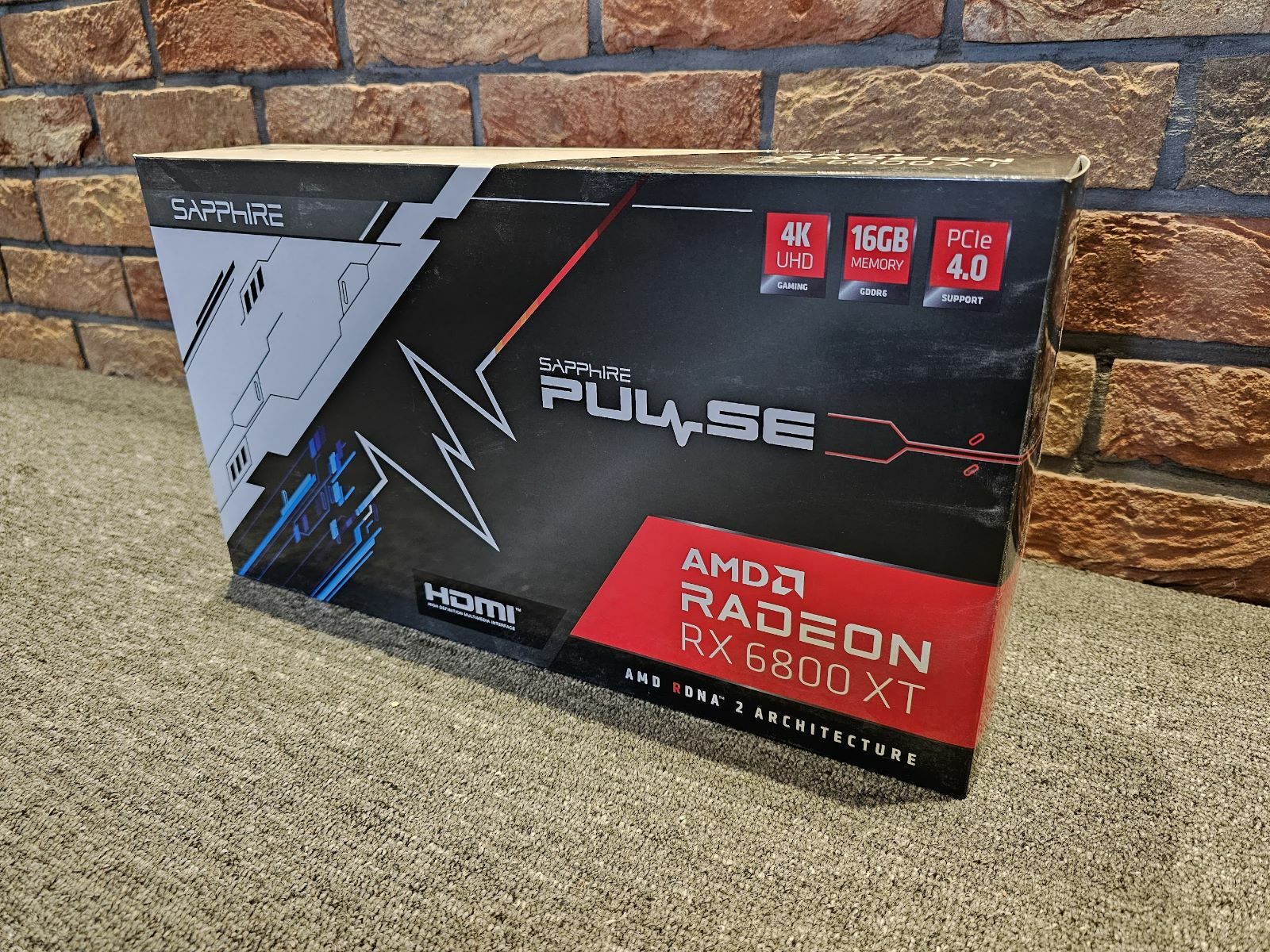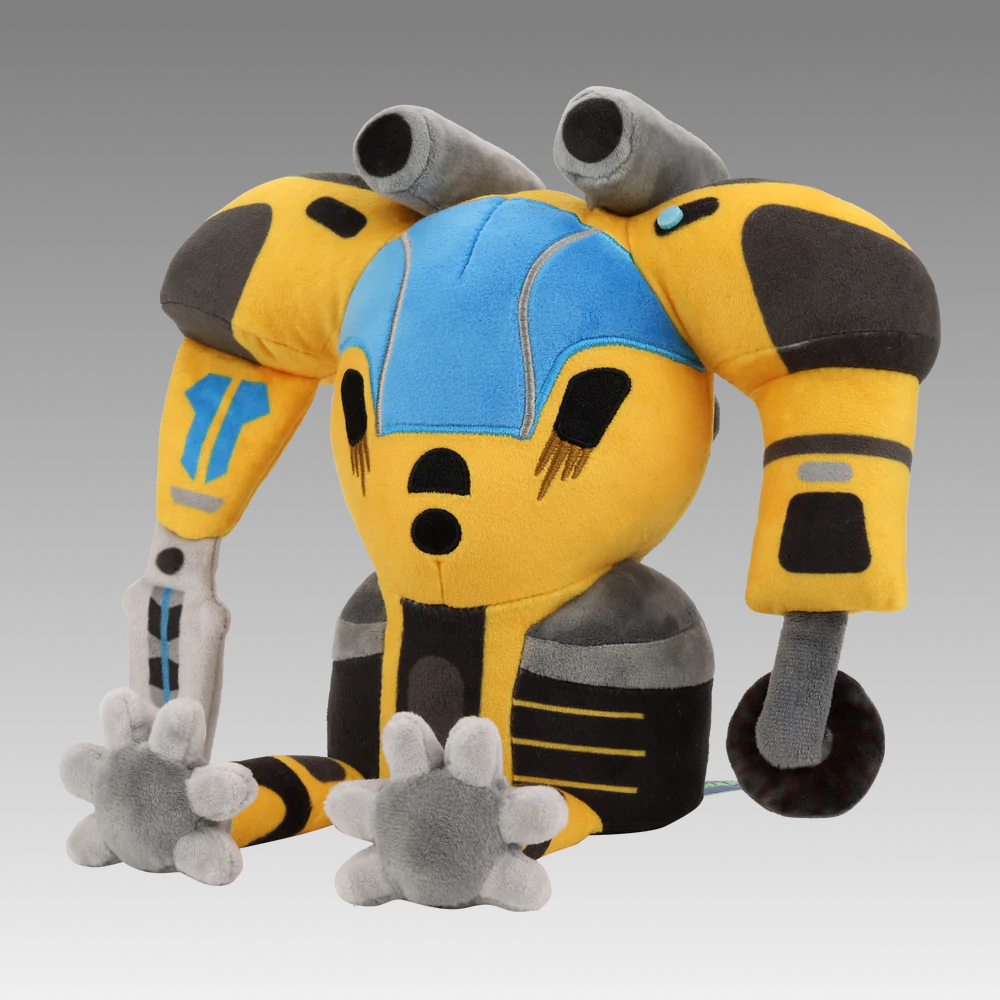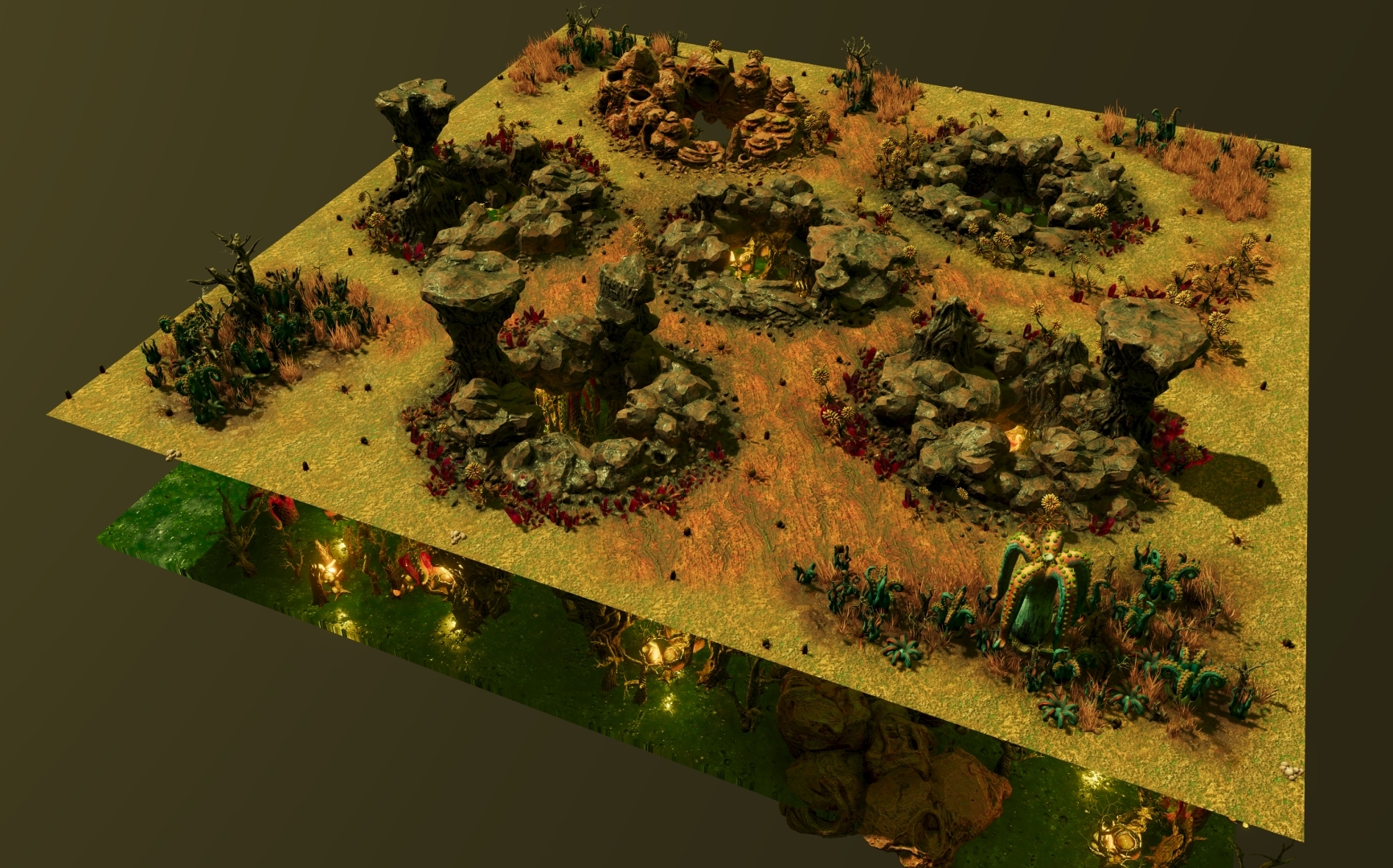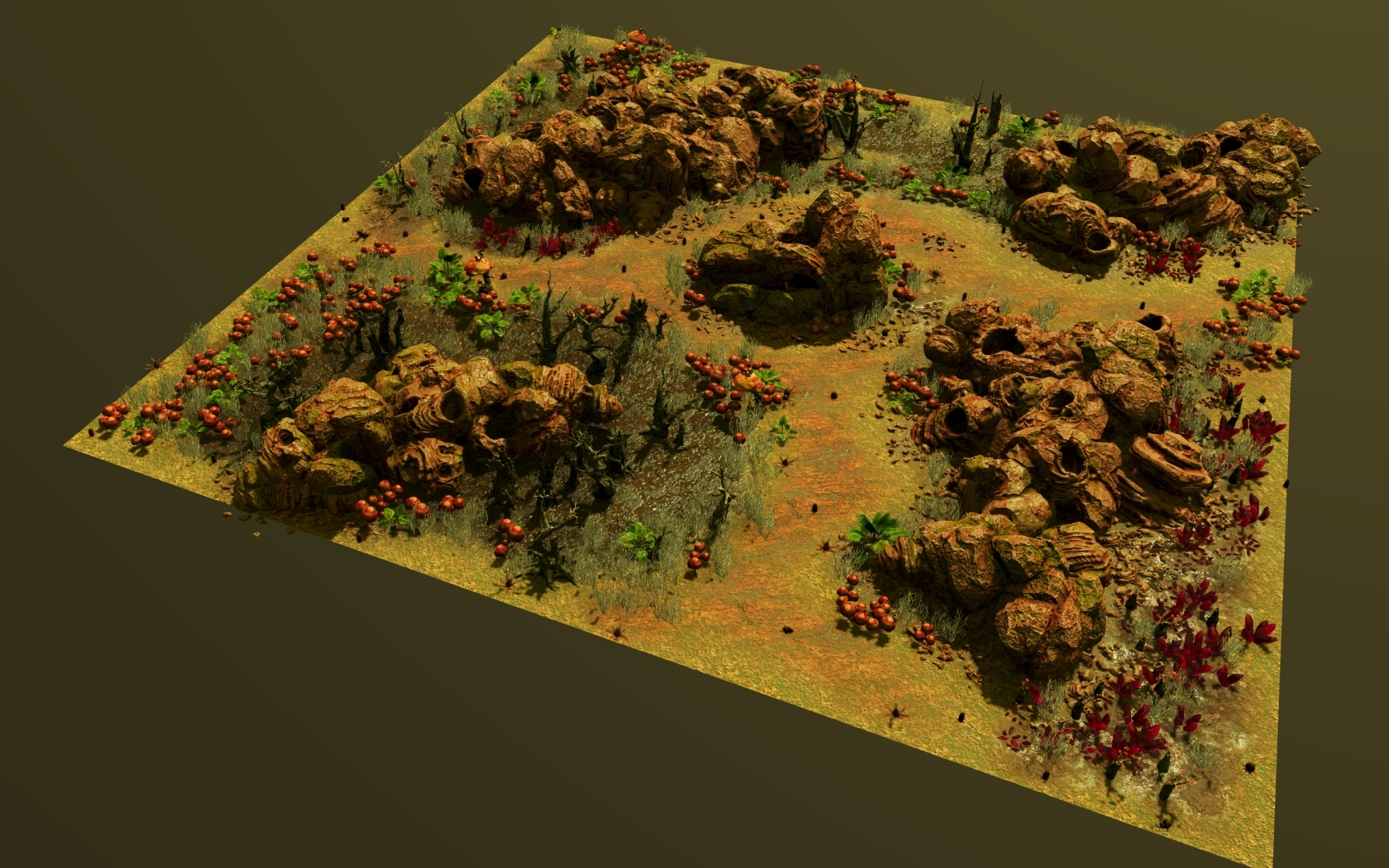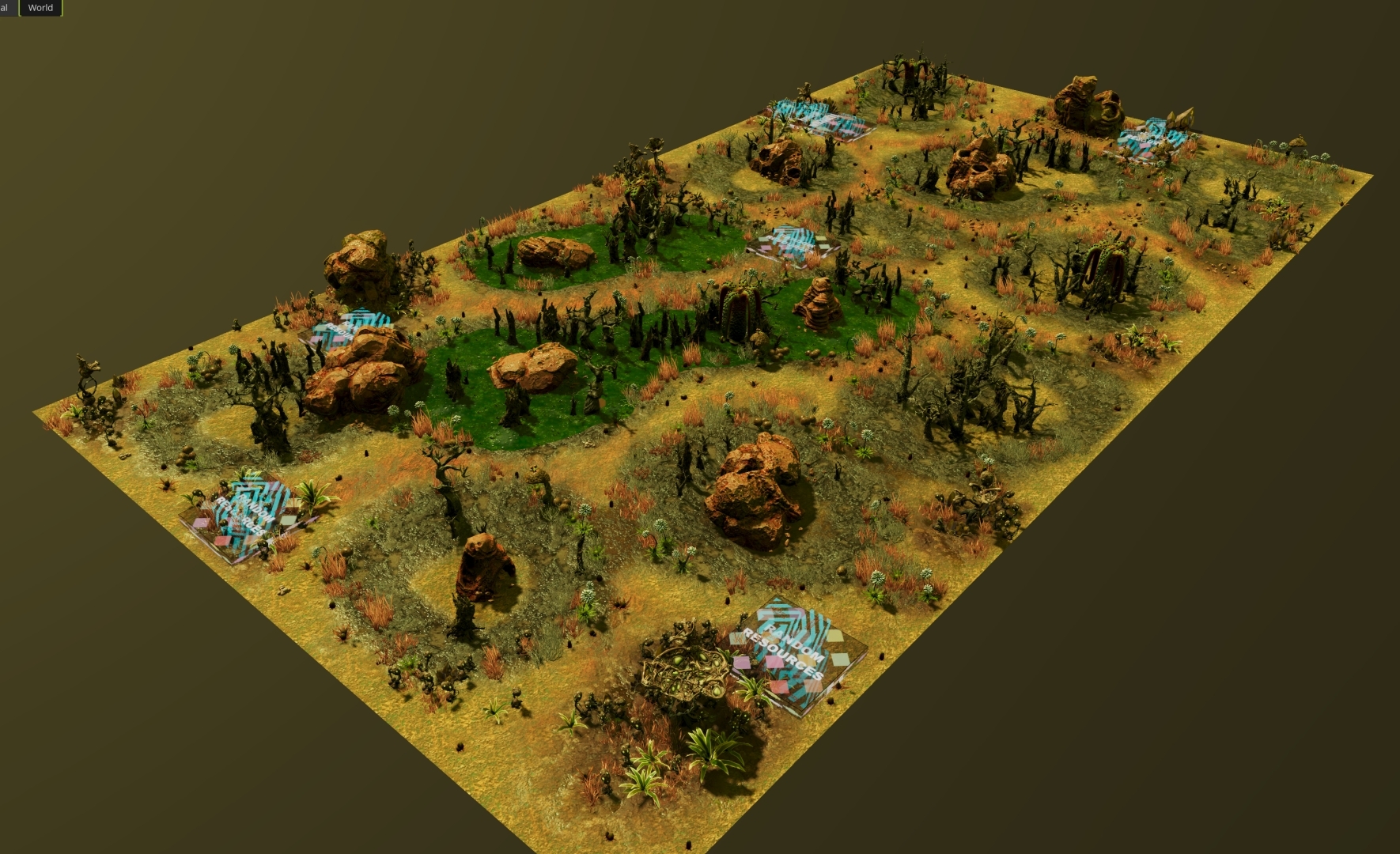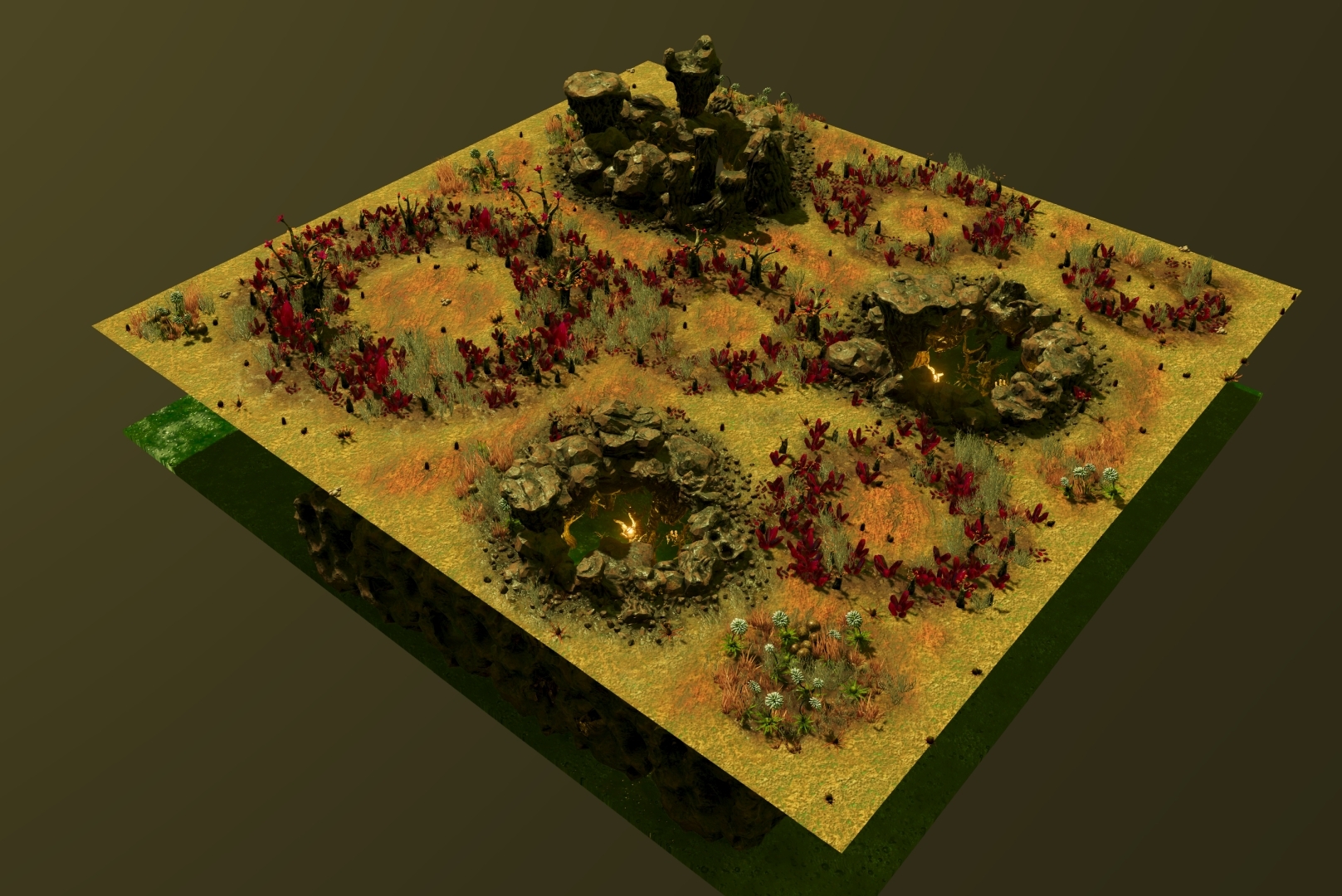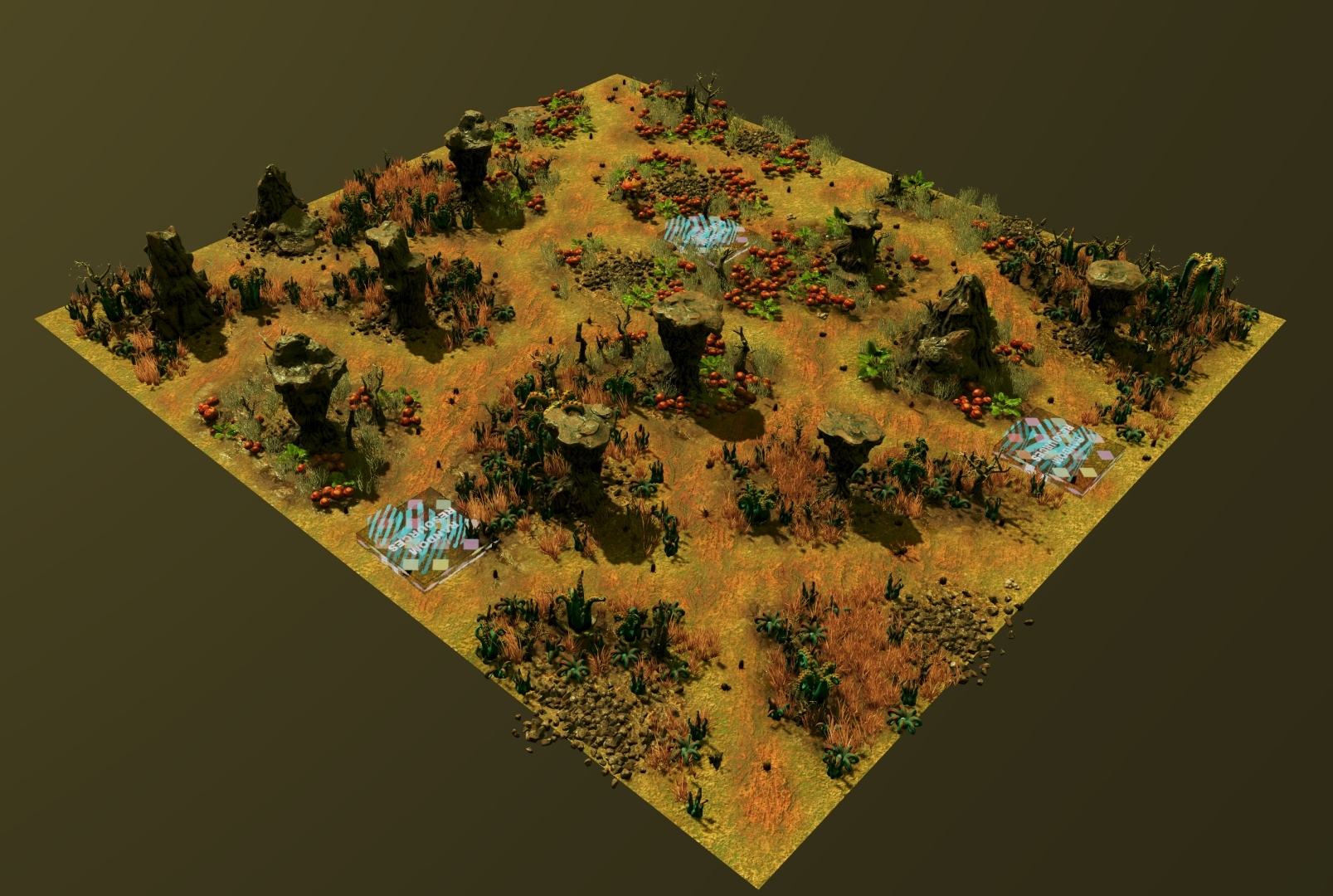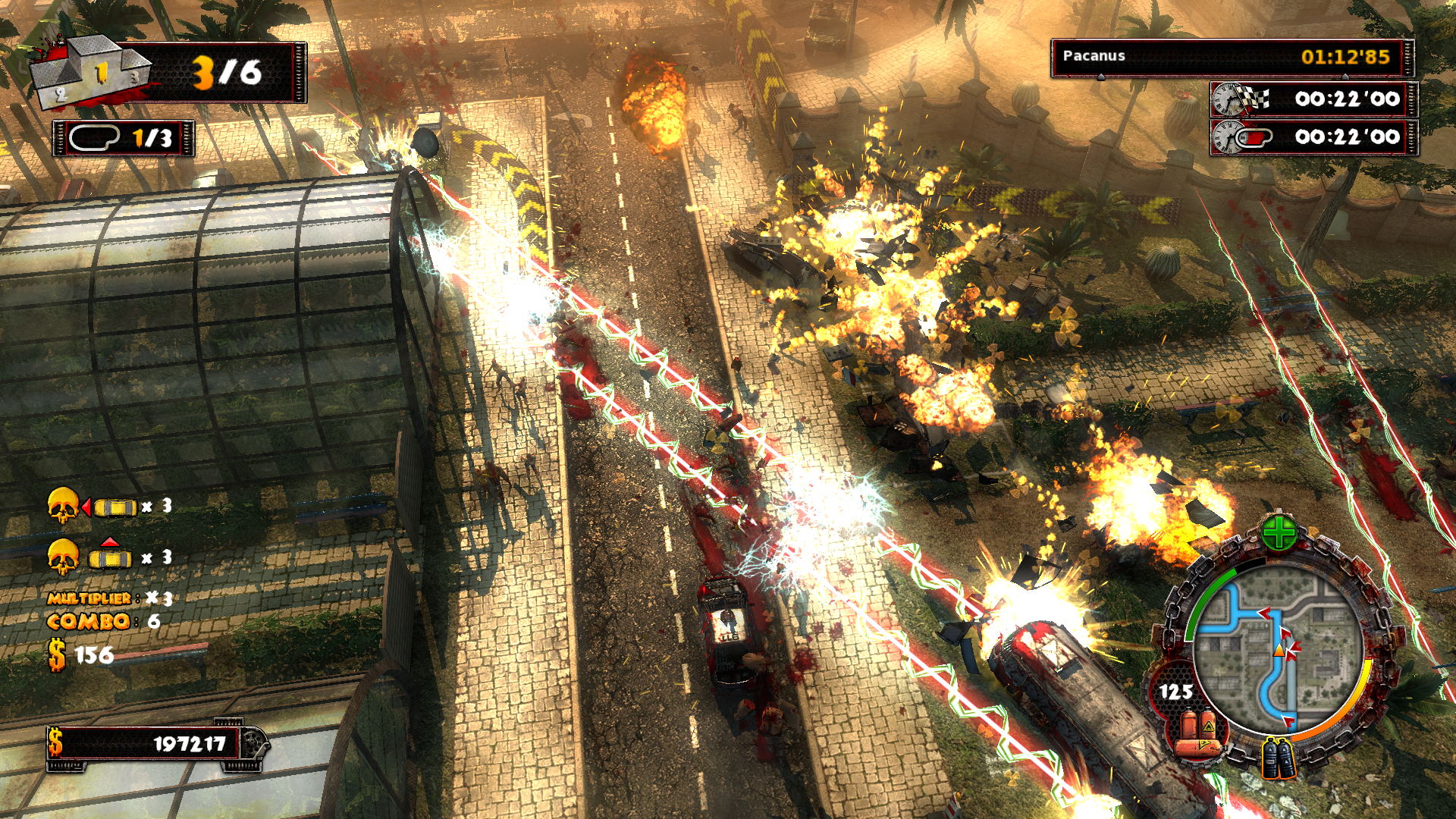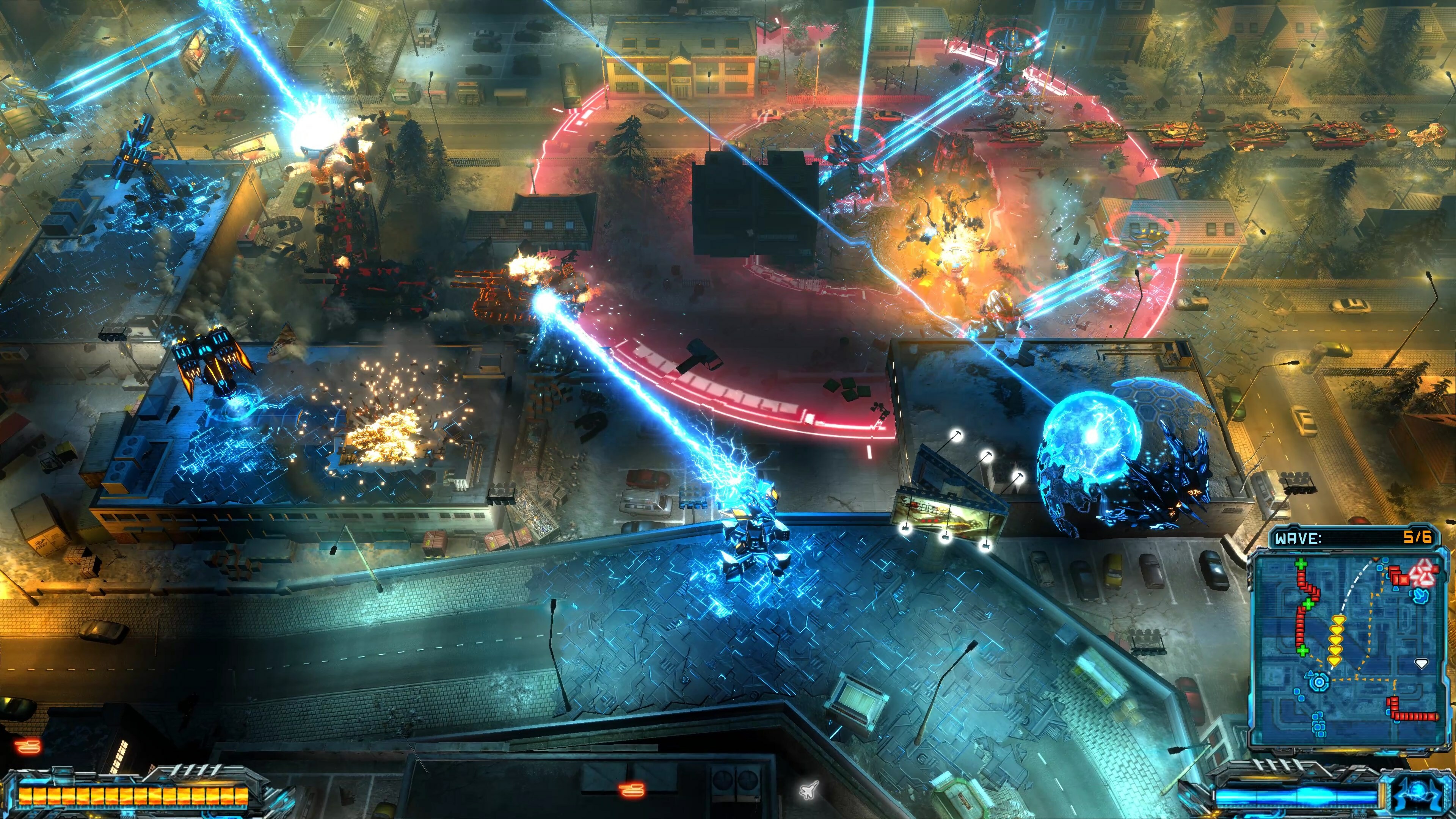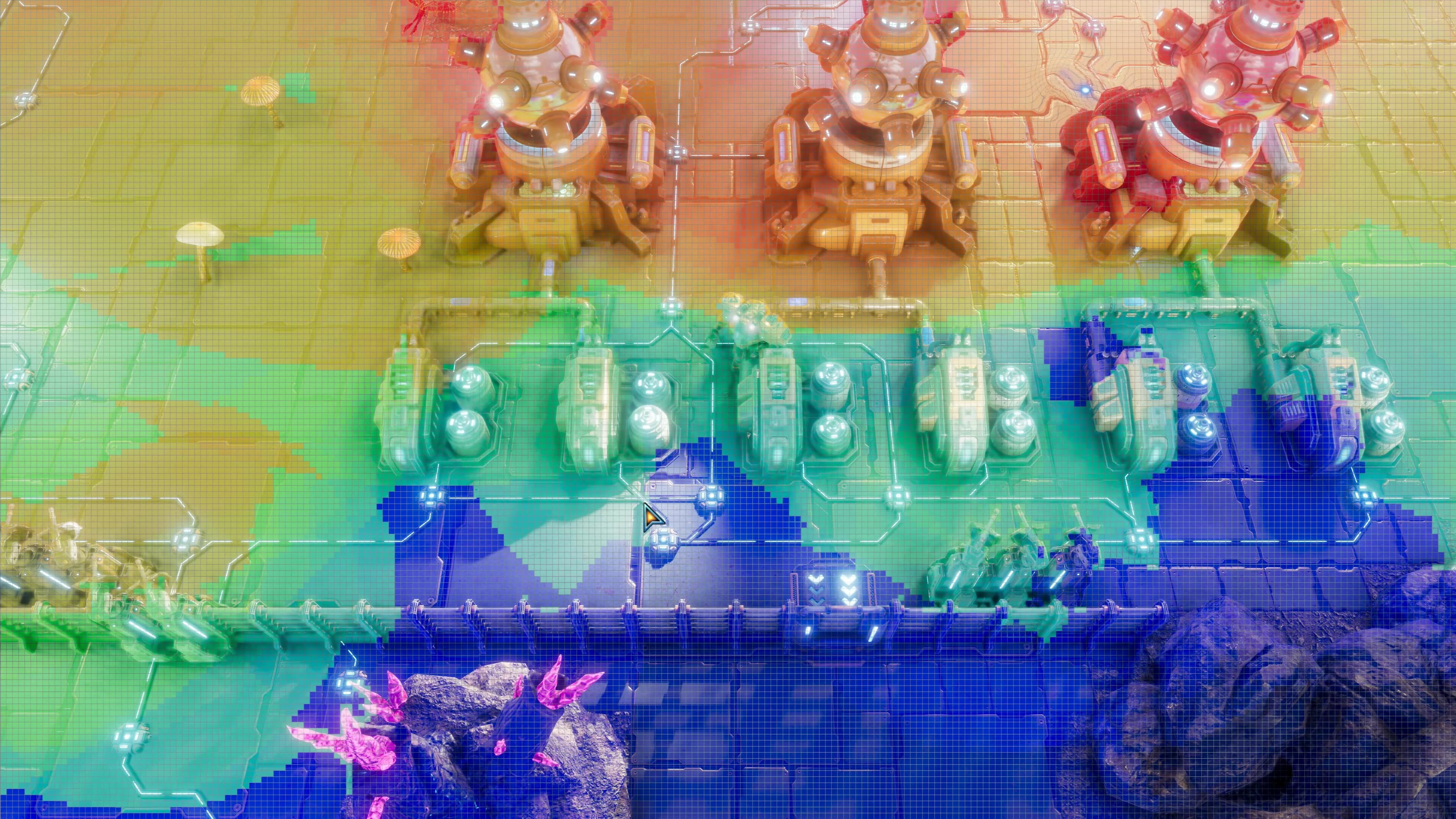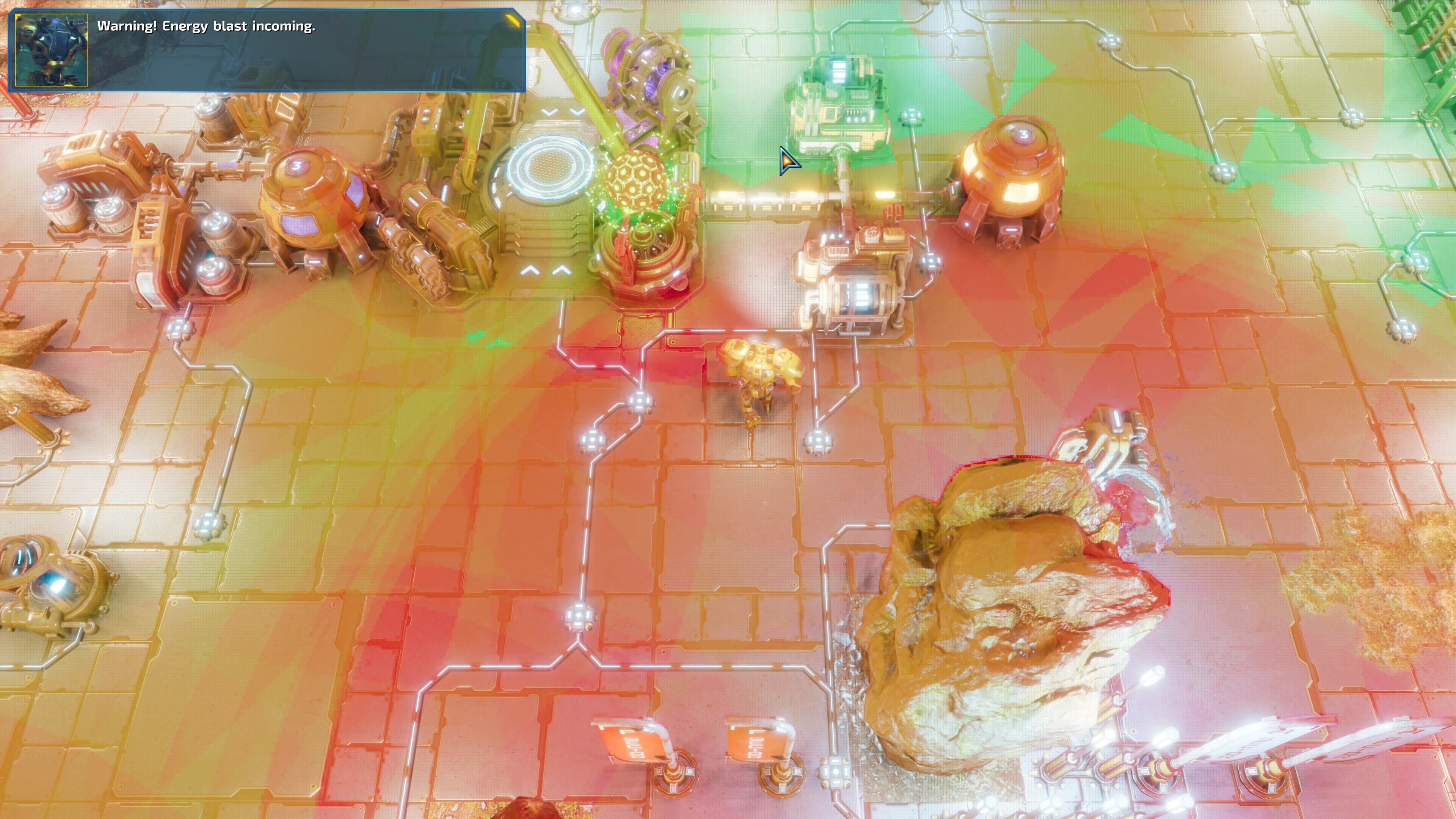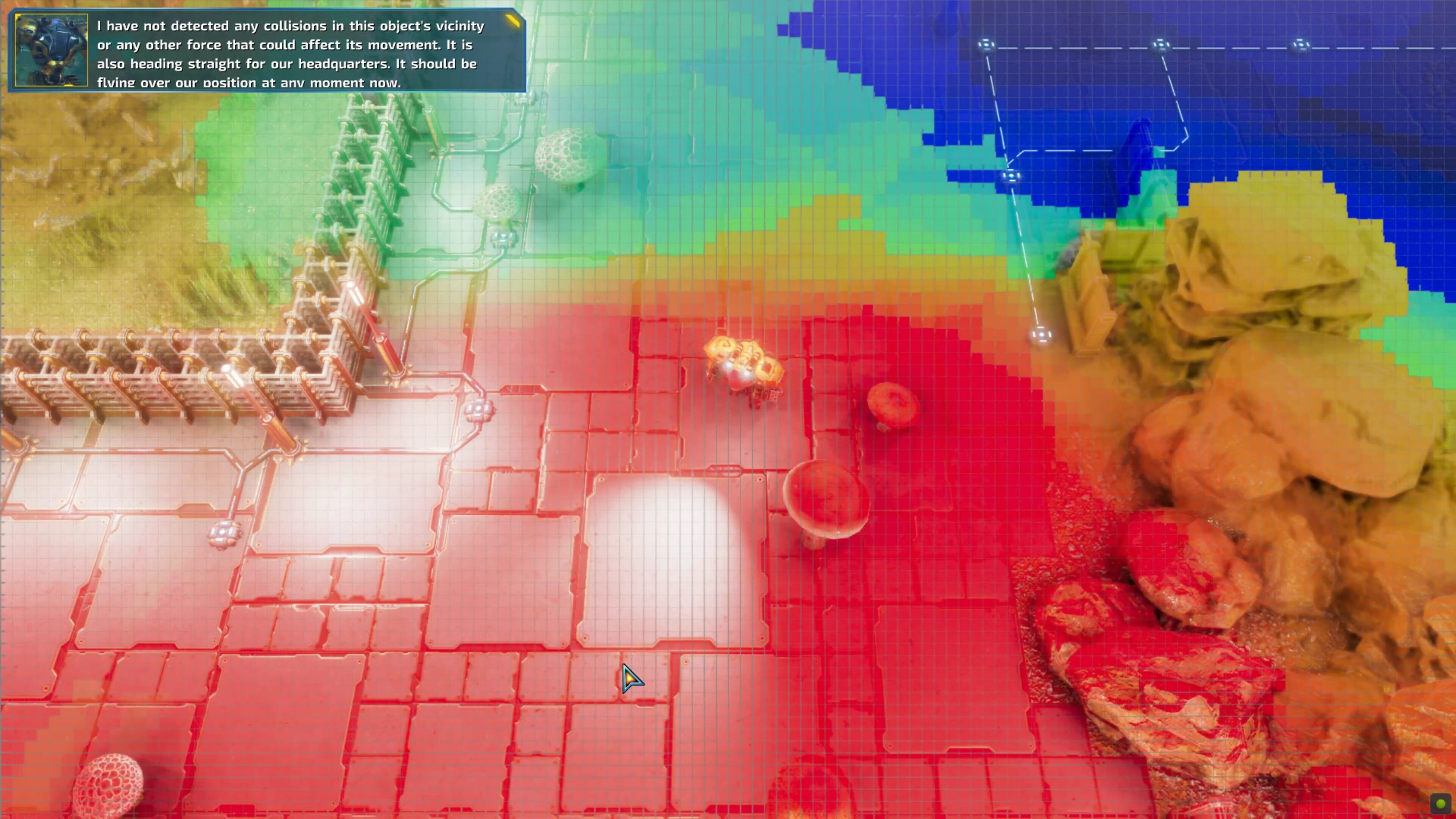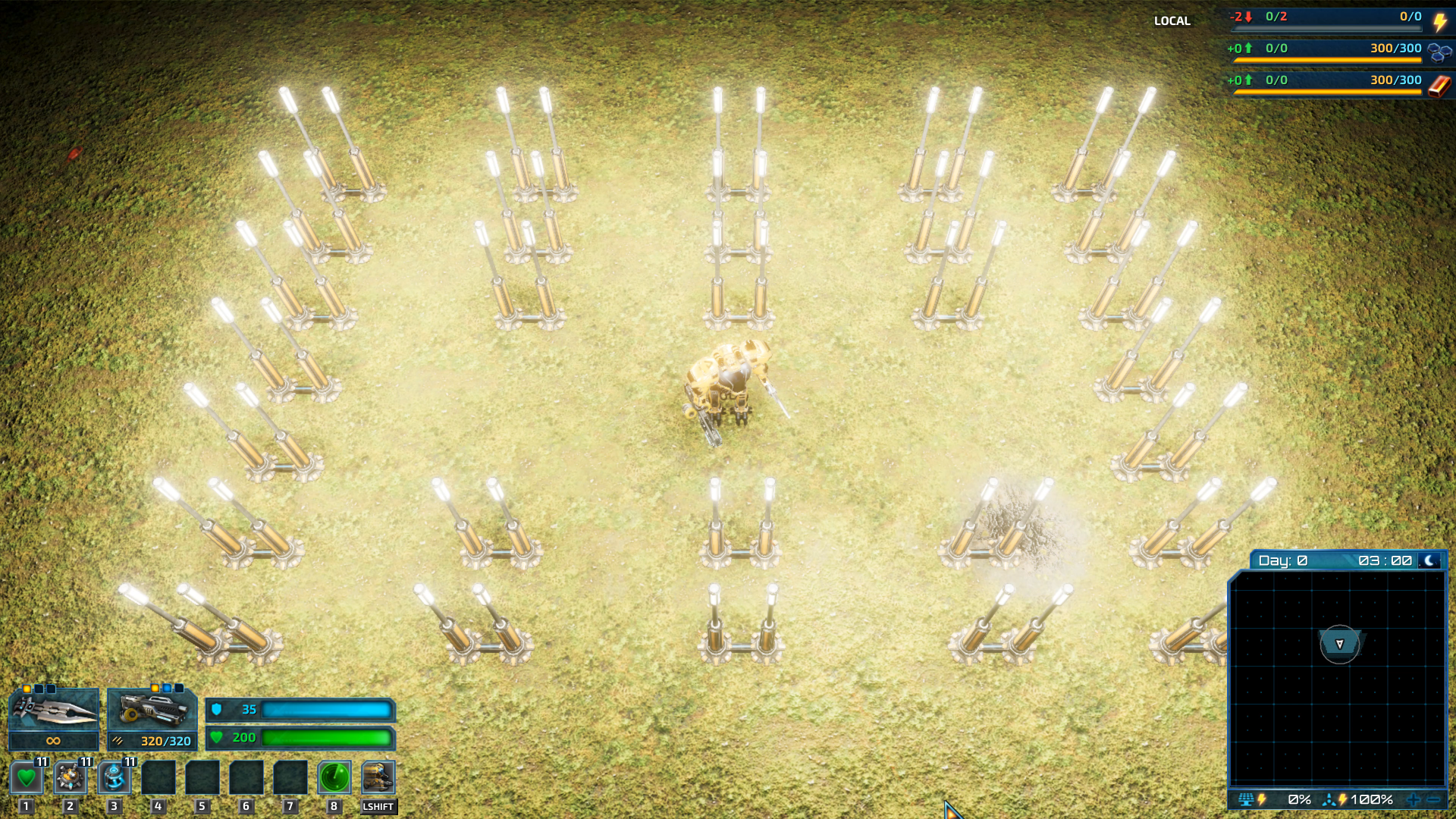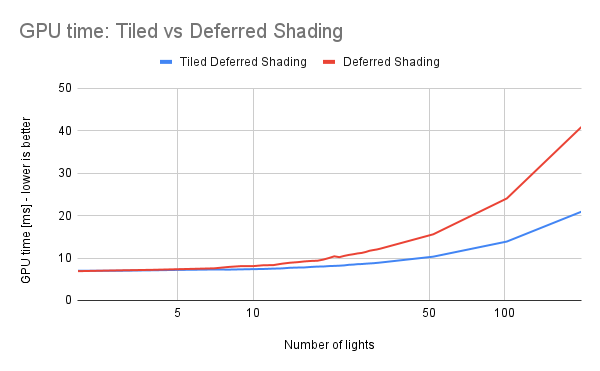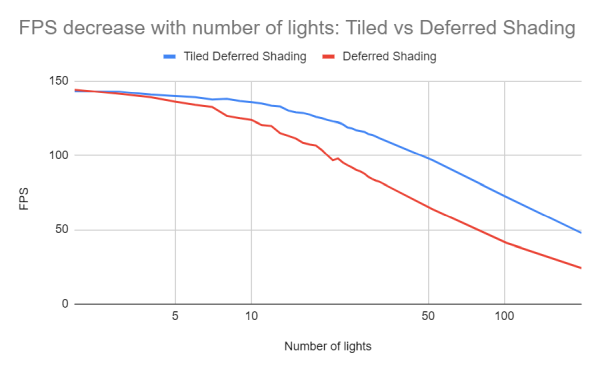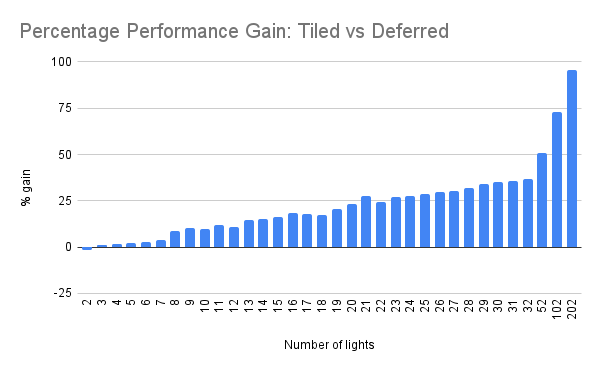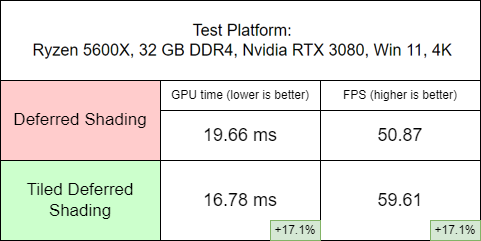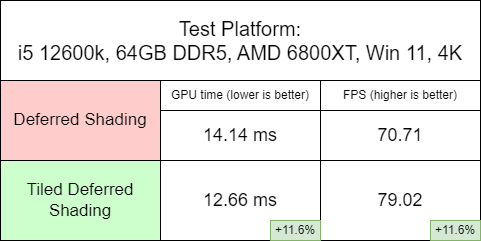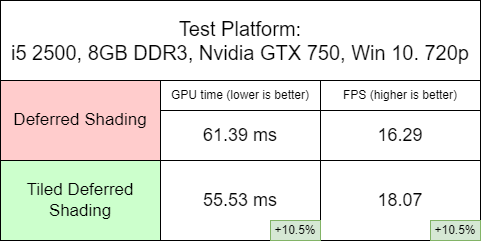
May 24, 2023
The Riftbreaker - voidreaver
Hello Riftbreakers!
With the release of The Riftbreaker: Into the Dark expansion just around the corner, on May 29th, we thought it would be a good idea to publish one of the earliest works of The Riftbreaker lore once more.
Before Ashley arrived on Galatea 37 she had been a part of several smaller recon missions to various places around the Milky Way galaxy. One of those missions saw her visit Orion 214LV, a planet that drew attention through intense neutrino particle bursts of unknown origin. However, once there, Ashley discovered that Orion was a very dangerous place. Violent storms and anomalies were shaking the foundations of that world. Without thinking twice, she decided to get to the root of the problem and investigate the source of the world-threatening anomalies.
The Phantom Pain is a short story written by Konrad Wyremski, EXOR’s lead graphics designer, and illustrated by our friend, Artur Ciechorski. It gives you a glimpse into Ashley’s backstory, which the plot of Into the Dark references multiple times. In order to enjoy the Story Expansion best, take a moment to read this piece.
Originally published on August 16th, 2019.
The Phantom Pain
Orion 214LV seemed like a perfect planet. However, what seems beautiful at first might be hiding terrible cracks underneath. The core of the planet is destabilized beyond any hope now. Colonization is impossible at his point. The sands of time are running low for this world. 'I still have the time to research this anomaly' I thought. I never stopped to think of the many dangers of space. That mistake would cost me dearly.
I could feel the vibrations in the ground beneath my feet. New ruptures were opening one by one all around me, with clouds of smoke rising from the cracks. Sudden gusts of wind kept hitting me with enormous strength, enough to knock a regular person off their feet. A regular person, but not me. Not a Riftbreaker in a recon suit. I moved steadily as the stabilizers’ engines did their dirty work while humming calmingly. Despite all the heat outside, the interior of the suit was pleasantly cool. The analysis of the data I gathered indicated that I was closing in on the anomaly, the source of all this mess. If I had had the time, I would have surely stopped and basked in the glory of this breathtaking spectacle. Dust particles shimmered all around me as they were lit by waves of flame erupting from the planet’s core. Electrical discharges jolted within the dark clouds. Anoryx crystals pulsed erratically. I was too focused on reaching my goal, though, leaving only my subconscious to enjoy the show. Whatever could cause such a degree of change to the structure of the planet must have been seaming with energy, and I was determined to find out what that was.

The next couple of meters were not pleasant. The ruptures were growing wider as I leaped above them. I almost did not notice all the boiling lava within them. One more hill. Just one more. The wind roared, blowing away larger and larger pieces of rock from the surface. A football-sized piece of debris hit the forcefield around my suit, then disappeared into the darkness. I knew it didn't even leave a scratch, but I started feeling uneasy at that point. I reached a cliff. I jumped towards the ledge and engaged the brakes. Years of training augmented by the AI of the suit were definitely paying off.

A bolt of lightning split the darkness, revealing the source of the anomaly. An enormous, blood-red crystal covered with thousands of luminous veins. The light reflecting off its surface created vivid mirages, and it seemed as if there were living creatures all around. The whole surrounding area was soaked in the crimson light emanating from the crystal... 'Crystal... Crystalized... Infected.' – I thought.
“I have to take a sample”. Another lightning struck the crystal. It seemed as if a small wave ran along its surface. Something strange was happening with my suit. Each step came with more effort than the last. I saw a crystalized flower to my left. One more step. Raging inferno outside. Sweat from my brow got into my eyes. I could taste metal. Another step. Why is that flower getting further away?... A red mist drifted slowly all around, not affected by the raging storm. What a terrifyingly beautiful sight... Debris gracefully danced in the small twisters... The gravity was going nuts... I didn't have much time left. I needed the sample. I took the leap. All the servos in my suit wailed as they were trying to aid me. I fell on my knees next to that flower. It was all muscle memory and training at that point. I took the sample. The searing pain in my head had me paralyzed. I could hear the distant sound, signifying the completion of the sampling process. The red mist covered my eyes...

Nobody knows how I managed to jump back. I have no idea myself. It must have been all the years of training.
The recon suit acted just in time. The crystal started infecting its defense mechanisms and my arm. It was spreading fast, too fast to deploy any countermeasures. The only chance to get me back to base was to get rid of the infected part of the suit. Amputation. Clean, quick. I would love to say painless, too... But it hurt like hell.
It haunts me to this day. I still wake up some nights sweating buckets and screaming. I see the red mist again. That's when the phantom pain comes. I feel it radiating all the way from my shoulder down to my fingertips. I move my hand around, and the pain is gone. It was never there in the first place. I never remember the dream. I only remember the horrific beauty of that crystal. It's still somewhere out there, in the abyss of space, waiting for our next encounter...
https://store.steampowered.com/app/2108630/The_Riftbreaker_Into_The_Dark/
Discover the rest of the story in The Riftbreaker: Into the Dark, available May 29th, 2023!
EXOR Studios





